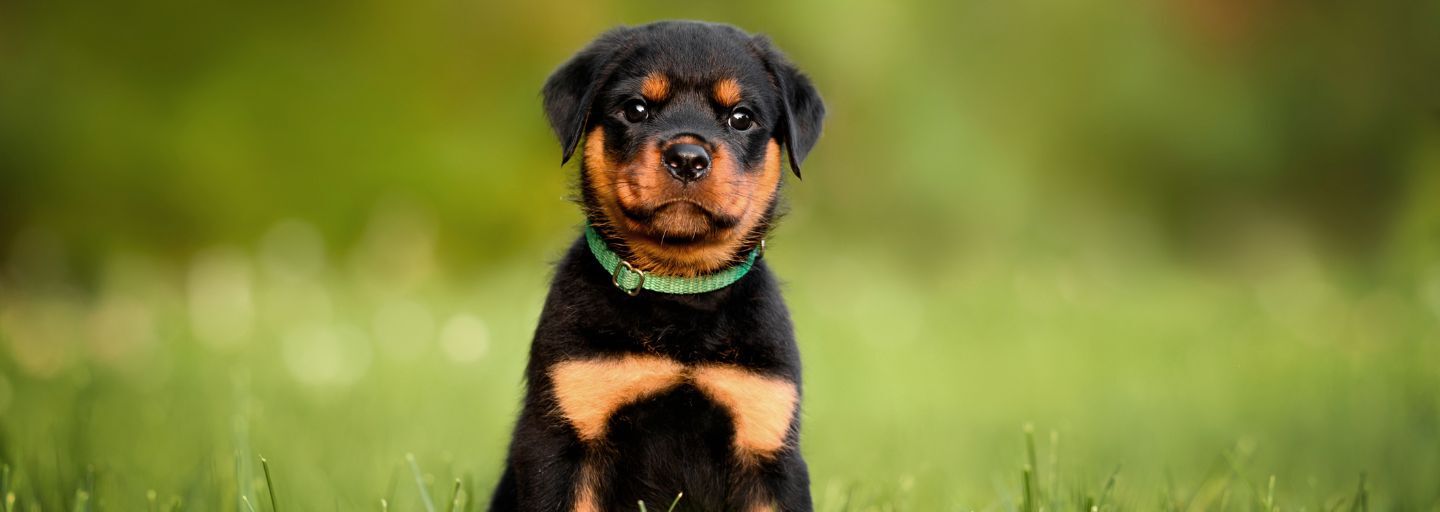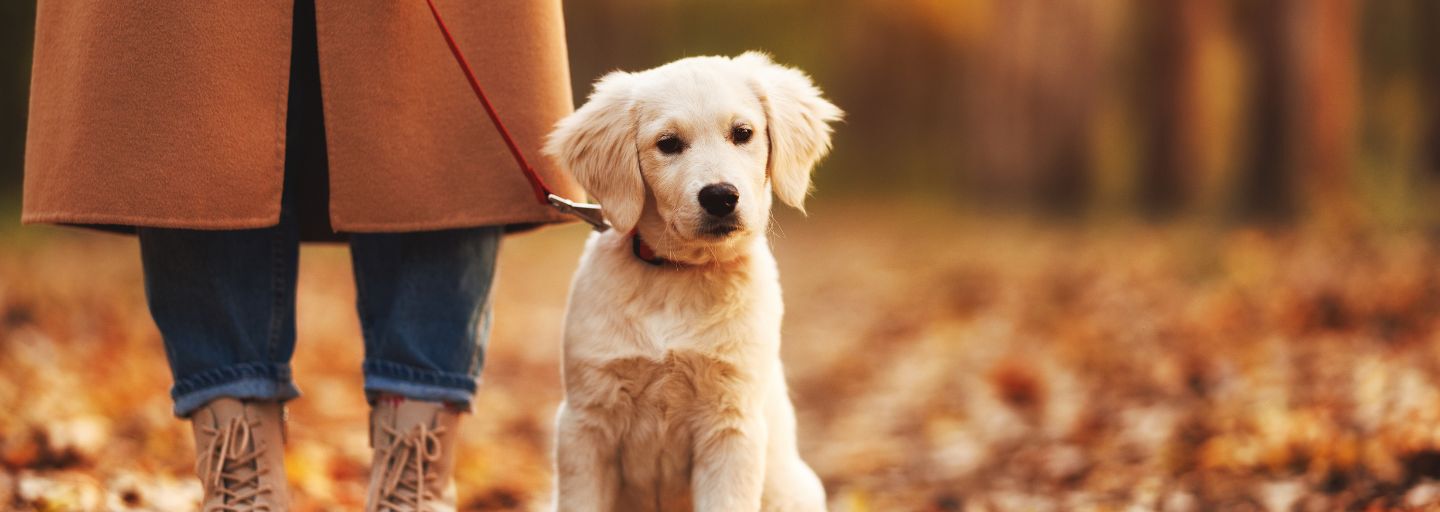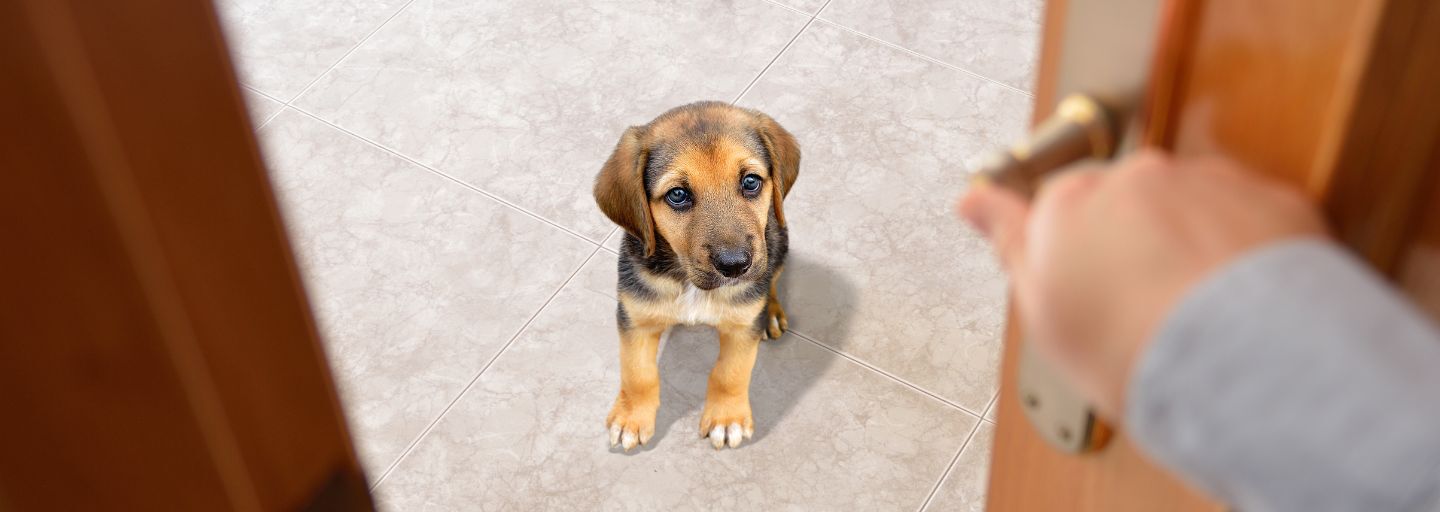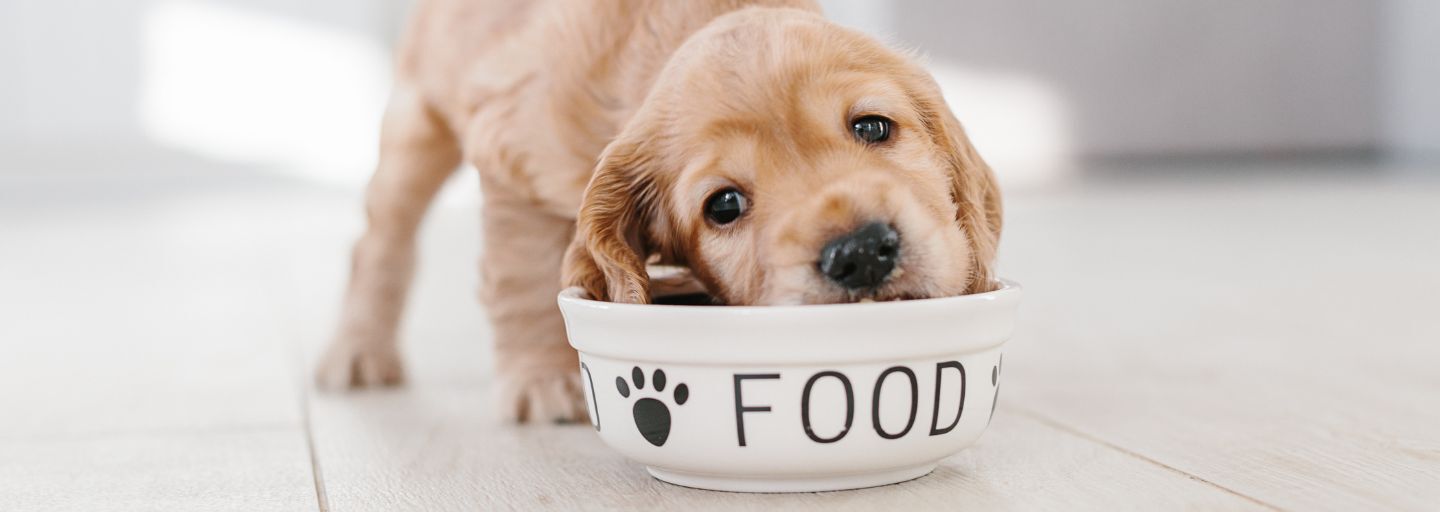Putting a collar on your puppy for the first time is an exciting moment. It represents that this is your puppy and that there will be many future outings and special occasions you will share together.
However, your puppy may not be so enamored of their collar when they first wear one. Pups will often try to drag their collar over their necks or get it into their mouth to chew, a potential hazard as the collar can get stuck around their jaws. It is important that your puppy wears the correct type and size of collar. Knowing how to select and fit a collar will ensure your puppy remains safe and happy.
Choosing and Fitting a Puppy Collar
A whole range of fashionable collars is available for your puppy (check out the Purina PetLife range). You can choose these based on fabric (leather, suede, elastic), design (metal buckles, clasps), and color.
Young pups require a light collar, one that does not weigh their necks down or cause annoying rubbing against their skin. Leather collars may be more durable than nylon ones, but pups may be tempted to chew them. If your pup swims a lot or is into rough and tumble games with other pups, you may find that their collar needs replacing quite often. Puppies grow quickly, so be prepared to purchase several collars in the first year of your puppy’s life or choose one that will accommodate growth.
Your puppy’s collar should fit snugly. Too loose and they will pull it off. Too tight and it will cut into their skin and annoy them. You should be able to fit two fingers comfortably under the collar when it is fastened.
If you are unsure which collar will fit your puppy, measure your puppy’s neck and check the collar’s packaging for the correct size. Remember to check your puppy’s collar periodically to ensure that it still fits. If it is too tight, either loosen it or purchase another larger one as your pup grows.
Collars – A Legal Requirement
It is a legal requirement to identify your dog, so you should attach an ID tag to your dog’s collar. This applies even if your dog is microchipped and registered. While your puppy does not have to wear a collar at home, it is advisable to have the collar on at all times, just in case your precious pup should escape.
The identification tag should have your puppy’s name and your contact details. Both a home and a mobile telephone number are ideal, as anyone who finds your pup can then contact you, even if you are on holiday.
Collar Maintenance
Collars can get pretty dirty, especially if your dog likes to roll in the mud! You may like to wash your collar occasionally to keep them smelling fresh, and leather collars may need special conditioners to keep them supple.
In addition to making sure your puppy’s collar fits as they grow, it is vital to periodically check that they still have their identification tags attached.
The Pup Who Dislikes Their Collar
If your puppy objects to their collar, take it off and start at the beginning again. Place the collar on the floor in front of your puppy, and when they sniff it, give them a treat. Place the collar on their neck but don’t fasten it. Again give them a treat. Quickly fasten the collar around their neck, give them a treat, and take it off again. Progress like this, and soon your puppy will love having their collar on.







